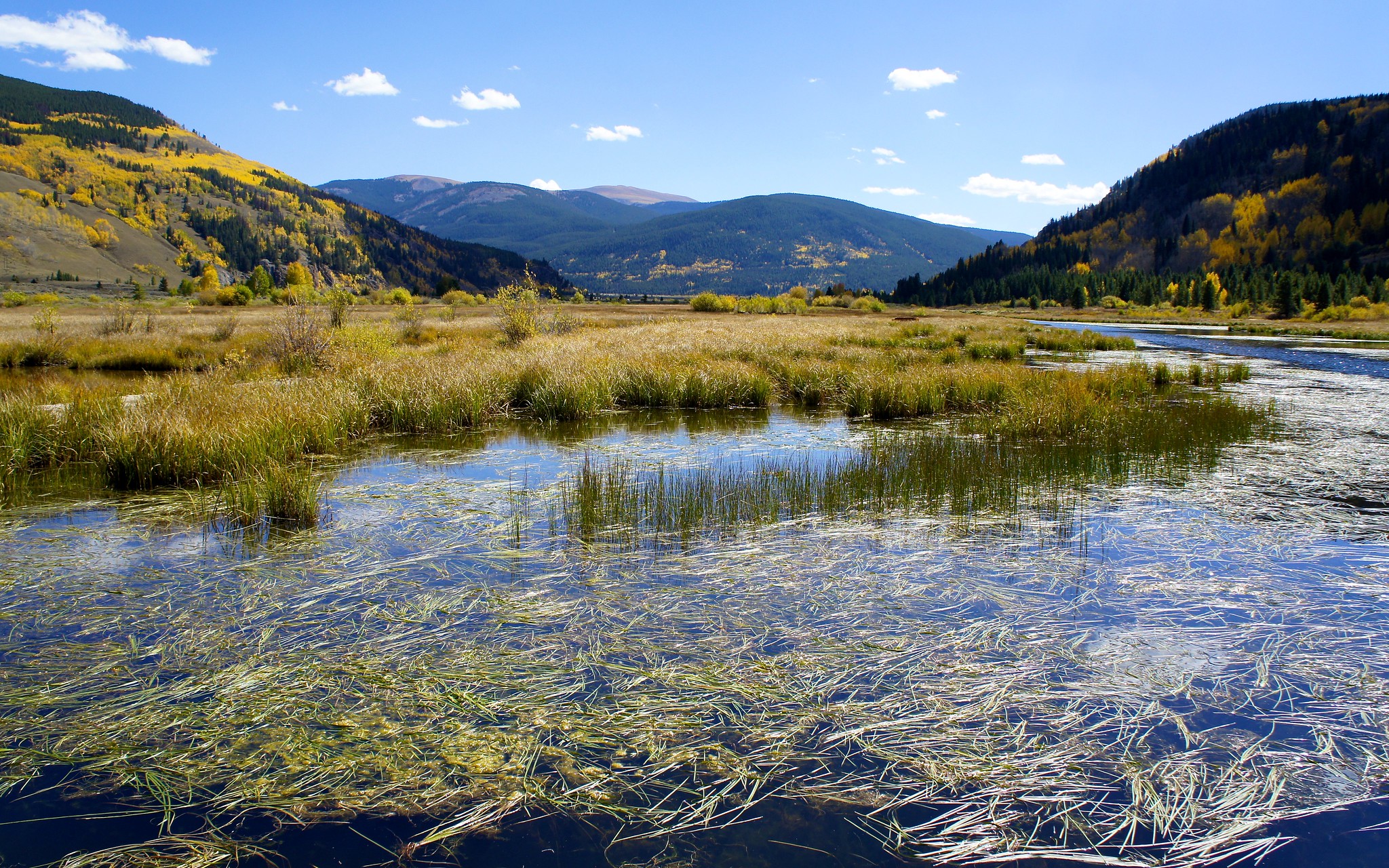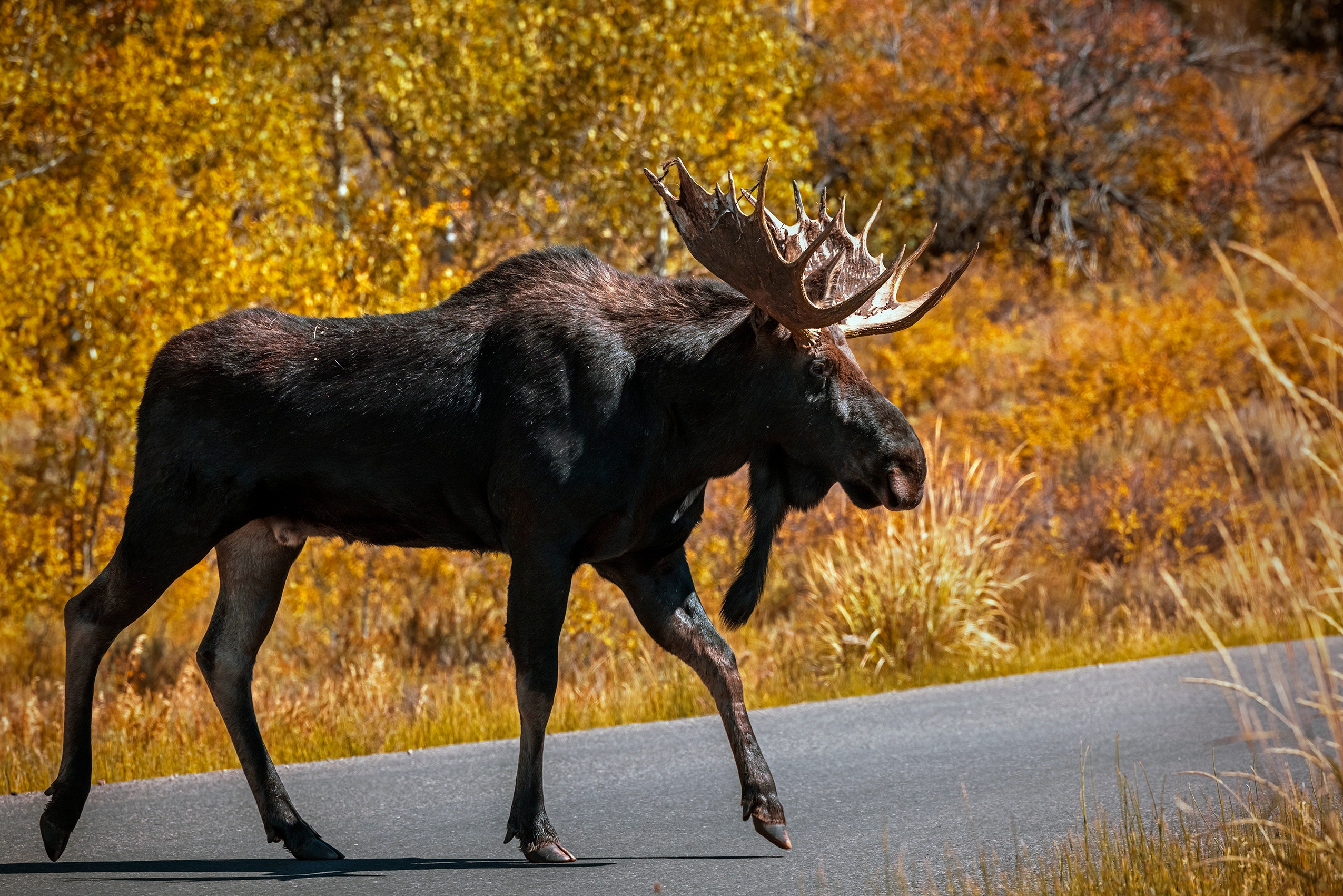President Biden officially signed Continental Divide National Monument into existence on October 12 at Colorado’s historic Camp Hale. The home of the 10th Mountain Division in World War II, the site has long served as a hotbed for outdoor recreation.
Outdoor advocacy groups across the United States posted announcements as Camp Hale, just outside Leadville, Colo., in the Eagle Valley, became a national monument.
President Biden dubbed the 53,804-acre parcel Continental Divide National Monument. The administration also announced a proposed 20-year mineral rights ban on 225,000 acres in Western Colorado’s Thompson Divide area.
The White House made the decisions public with a press release this week.
“This action will honor our nation’s veterans, Indigenous people, and their legacy by protecting this Colorado landscape, while supporting jobs and America’s outdoor recreation economy,” it said.
Outdoor recreation thrives around Camp Hale, in all shapes and sizes. Hunters and anglers, climbers, and even snowmobilers all know it well. Athletes in the Trans-Rockies Run spend a night there, and many soldiers who served on the base went on to found Colorado ski resorts.
View this post on Instagram
Trevor Hubbs, Armed Forces Initiative coordinator for Backcountry Hunters and Anglers, spoke to the location’s deep roots in the outdoor recreation community.

Plans for Camp Hale as a National Monument
View this post on Instagram










